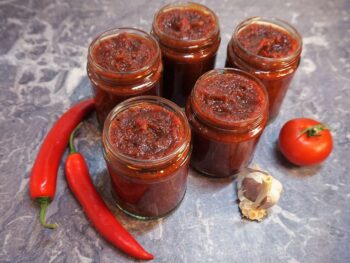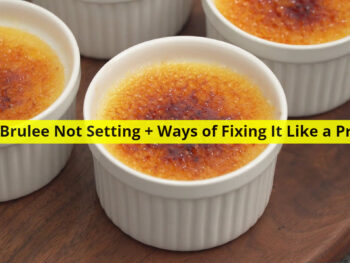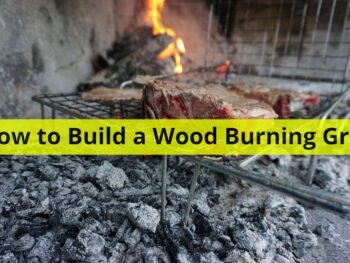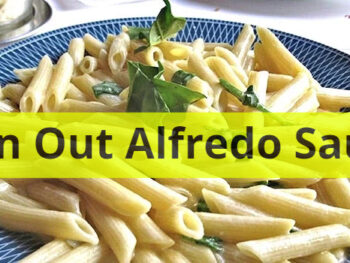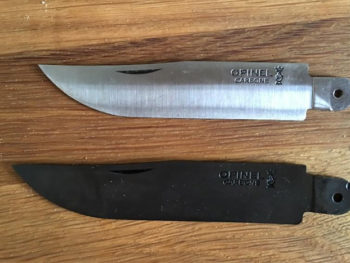Many people prefer consuming their eggs or baking without the Chalaza. But, removing them can be challenging, primarily due to the frail nature of egg components.
So, this guide answers the “how to remove chalaza from an egg” question.
The best way to remove chalaza from an egg involves using various methods. You can use an egg separator, strain the liquid, use an egg separator, and more. This guide evaluates all you need to know about removing the chalaza from an egg.
What is Chalaza?
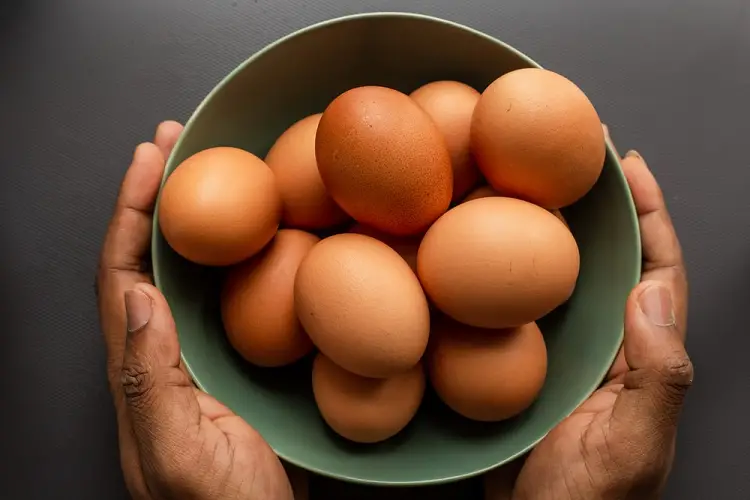
Egg Chalaza refers to the strand-like (usually two in number) structure inside the eggs of birds. It also exists in plant ovules, but this context focuses on the egg type. The Chalaza’s role is to suspend the nucellus or yolk within the egg’s larger structure, the albumen.
It also serves the role of holding the yolk in place. Some prefer to remove it during baking procedures to help improve the texture. The correct chalaza pronunciation is “kaleizah,” and the plural noun is chalazae.
According to the American Egg Board, eggs feature two chalazae. In a fresh egg, the Chalaza is usually visible. So, you don’t need to remove them when cooking.
Reports have also shown that eggs of high quality tend to have prominent chalazas in the egg whites. The specific metrics for eggs of high quality include Grade AA, A, and B.
Eggs that don’t feature prominent chalaza could be stale or can sometimes be of low quality. The chalaza also naturally disappears during the cooking process. However, you might remove it when preparing meals that require the right consistency, like curd or custard.
What Techniques Can You Use to Remove Chalaza from an Egg?
We have outlined all the reliable techniques you can use to remove the Chalaza from an Egg:
Technique #1. Use An Egg Separator
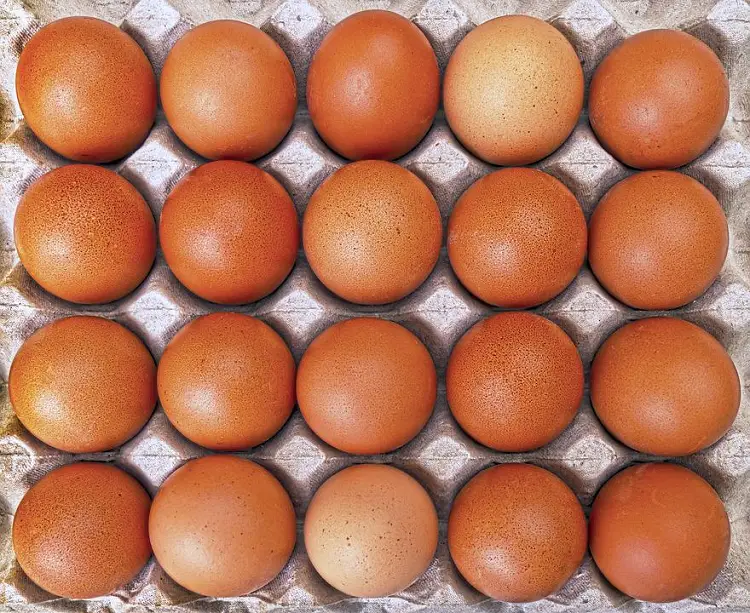
Get your egg, then set your egg separator on a glass or dish. Then, break the egg. You should notice the chalaza getting through the separator.
You are only left with the yolk at this point. However, be careful when passing it through the separator. Egg yolks tend to be frail and can easily break upon impact with the separator.
Technique #2. Use the Edge of the Egg Shell

An eggshell is the other crucial resource you need to remove chalaza from an egg. It’s particularly important when you want to remove the Chalaza from the yolk. You can remove the chalaza by separating it from egg yolk.
However, you might still encounter bits of yolk in this setting. You can remove them though. Do this by removing the eggshell that you were going to through the trash, and use it as required.
Technique #3. Use a Food Brush

Removing the chalaza from an egg yolk is easy. The reason is that egg yolks are less sticky than the white part. If this is the case, get a brush and use it to remove the chalaza from the egg yolk.
However, be cautious at this point so that you don’t cause any damage to the yolk. Specifically, using a large food brush isn’t necessary. Instead, opt for a smaller food brush, which you can use to get to these delicate parts of your meat easily.
Technique #4. Using Your Hands

We recommend using your hands if you don’t have any of the abovementioned tools. But, again, remember the importance of being cautious during this process.
First, get the egg yolk on your fingertips. Then grab the chalaza that exists in the egg yolk. Then, pull it out gently. While this might seem difficult initially, you should get the hang of it.
What are the Techniques for Removing Chalaza from Egg Whites?

Now, let us turn our attention from the egg yolk to the egg white. The Chalaza will likely adhere to the egg yolk. The reason is that it serves the role of maintaining the egg’s structure. However, the chalaza sometimes gets mixed up in the egg whites, making removing it difficult.
It is more challenging to remove chalaza from egg white than egg yolk. The reason is that egg whites work to secure every component in eggs securely. You won’t have to worry about the presence of the chalaza in egg white.
You can remove the chalaza from egg whites with chalaza removal equipment. In the context of whites, it’s especially beneficial because they have little claw-like structures. These pointed edges make it easy to remove the chalaza from the stick whites.
The common alternatives for when the Chalaza gets to the egg whites include:
- Using a Fork
You have probably come across the importance of using a fork for egging beating. A fork works wonders because you can use it to target the chalaza directly in the egg white. Try and use the smallest fork you can find for the best results.
- Using Tweezers
The other DIY tool you can easily find at home that works well for Chalaza removal are tweezers. The reason why tweezer work well is that it allows you to pick the chalaza with high levels of precision.
Frequently Asked Questions (FAQ)
Should I Remove Egg Chalaza?
No, you don’t have to remove egg chalaza. Its removal is mostly a matter of personal preference. Many people also think it’s chicken sperm which isn’t true. Chalaza does not affect the quality of your egg meals.
Is Chalaza a Sperm?
No, Chalaza isnt sperm. Its role is to anchor the egg yolk to the central section of the egg. Instead, the Chalaz are opaque ropes of egg white, which help to hold the center of the egg. The more prominent the chalaza, the fresher the egg.
Do All Eggs Have a Chalaza?
Not all eggs have chalaza. While it plays a significant structural role in eggs, it is sometimes absent. Its absence, however, has no relationship to the quality of the nutrional value of the egg. So, don’t be surprised when you come across eggs without chalaza.
What Happens if You Soak an Egg in Vinegar?
Soaking an egg in vinegar will absorb the acid and break it down. It happens because the calcium carbonate will convert into carbon dioxide gas. The gas then goes into the air, and the egg becomes easier to handle.
What Is the White Stringy Thing in a Raw Egg?
The white string thing in raw egg goes by the term chalaza. It is a twisted cord-like structure in egg whites. The role of the chalaza is to anchor the yolk from the top and bottom sections of the shell membrane.
It can be challenging to remove the chalaza from an egg. However, it’s possible with the correct technique and the tools mentioned above. Fortunately, its removal isn’t imperative for your egg meals.
- How Long Does Vegan Butter Last? Mystery Solved - January 9, 2024
- How Long Does Vegan Mayo Last - January 2, 2024
- From Pot to Plate: How Long Does Vegan Chili Last in The Fridge? - December 26, 2023


